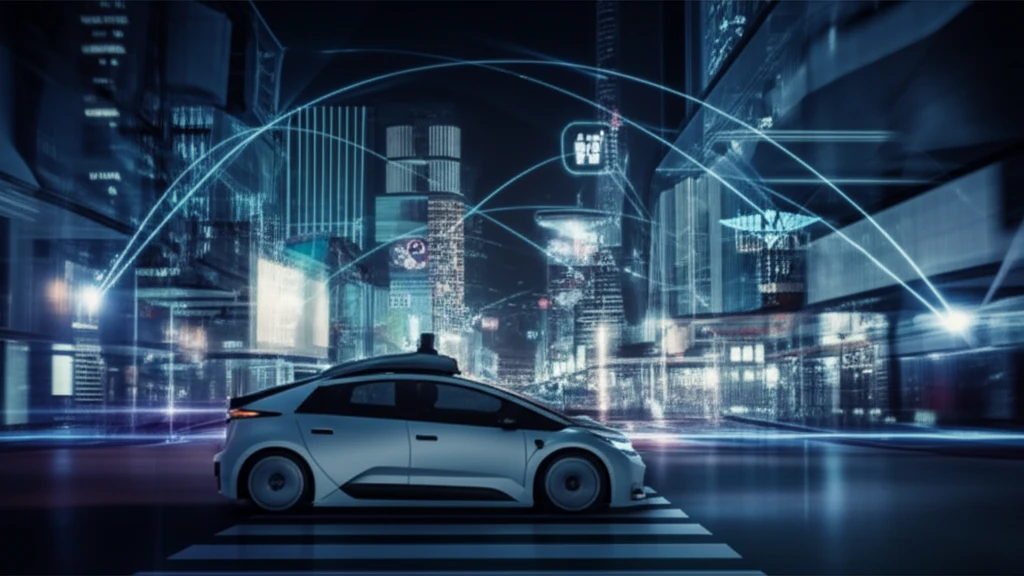
Driverless Revolution: The Future of Automated Vehicles and Public Safety
"A look at how vehicle automation will impact society and what it means for public health."
The advent of automated vehicles promises to revolutionize transportation, offering potential benefits such as increased safety, reduced congestion, and improved mobility for all. However, this technological shift also presents significant challenges and raises crucial questions about public health, safety, and societal impact. Driverless: Intelligent Cars and the Road Ahead offers a comprehensive overview of this rapidly evolving field, providing valuable insights for public health professionals and anyone interested in the future of transportation.
The book challenges conventional thinking on vehicle safety, advocating for a new metric called "humansafe" to better assess the performance of automated vehicles compared to human drivers. It also highlights the importance of vehicle-to-vehicle communication in preventing accidents and improving traffic flow. Despite the potential benefits, Driverless acknowledges the risks associated with automation, including the potential for increased pedestrian fatalities and the ethical considerations of autonomous decision-making.
This article delves into the key themes explored in Driverless, examining the potential impact of vehicle automation on public health, safety, and urban living. It also explores the challenges and opportunities that lie ahead as we transition towards a future dominated by automated vehicles. By understanding these issues, public health professionals can play a vital role in shaping the development and deployment of this technology to ensure that it benefits all members of society.
Rethinking Safety: The Humansafe Metric

One of the most significant contributions of Driverless is its proposal for a new metric for assessing vehicle safety: humansafe. Traditional metrics, such as failures per million miles or crashes per hundred million miles, are difficult for consumers to grasp and don't allow for direct comparison with human drivers. The humansafe metric, on the other hand, provides a more intuitive way to evaluate the safety of automated vehicles by comparing their crash rates to those of human drivers.
- Sober Driver Baseline: The rating of a sober, attentive driver is higher than humansafe 1, indicating that the average crash rate includes preventable incidents with existing tech.
- Statistical Significance: Ensuring the vehicle demonstrates its safety level with statistical significance, requiring substantial testing beyond just driving twice the average human miles between crashes.
- Crash Severity: Verifying the automated system doesn't merely trade frequent fender-benders for rare severe incidents.
- Equity of Risk: Confirming the automated system doesn't unfairly shift risk to a particular class of road users, for instance, reducing vehicle-vehicle collisions while increasing pedestrian incidents.
The Road Ahead: Navigating the Challenges and Opportunities of Vehicle Automation
Driverless provides a much-needed overview of the massive social and economic impacts of vehicle automation, offering a valuable history of the technology that some readers may not want but probably need. The book serves as an excellent resource for understanding what will be the greatest safety innovation of the next generation.
While the potential benefits of vehicle automation are significant, it's important to acknowledge the challenges and risks that lie ahead. These include the need for robust safety regulations, the ethical considerations of autonomous decision-making, and the potential for job displacement in the transportation sector.
By addressing these challenges proactively and working collaboratively, policymakers, researchers, and industry leaders can ensure that vehicle automation is developed and deployed in a way that benefits all members of society. Public health professionals have a crucial role to play in this process, ensuring that safety, equity, and public well-being are prioritized as we navigate the road ahead.
